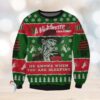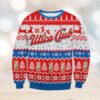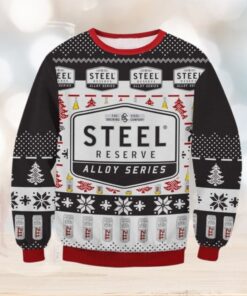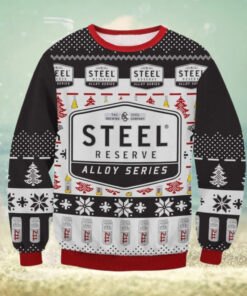NFL players are unlikely to make the switch the other way, although New England Patriots special team player Nate Ebner has played in the Olympics for the USA Rugby Union Sevens team (7 aside rugby is a simpler and faster game compared to the full 15 man version of Union), Nate actually grew up playing rugby at age group level for the USA too, and only took up American Football later. The simple reason the switch is less likely to occur from pro to pro is that wages are far higher in the NFL. Rugby Union is the bigger and richer of the 2 codes, but has only been a Steel Reserve Ugly Sweater sport since 1995. Rugby tends to have smaller teams in terms of catchment area. There are 33 teams in the top flights of British and French Rugby Union compared to 32 in the NFL.
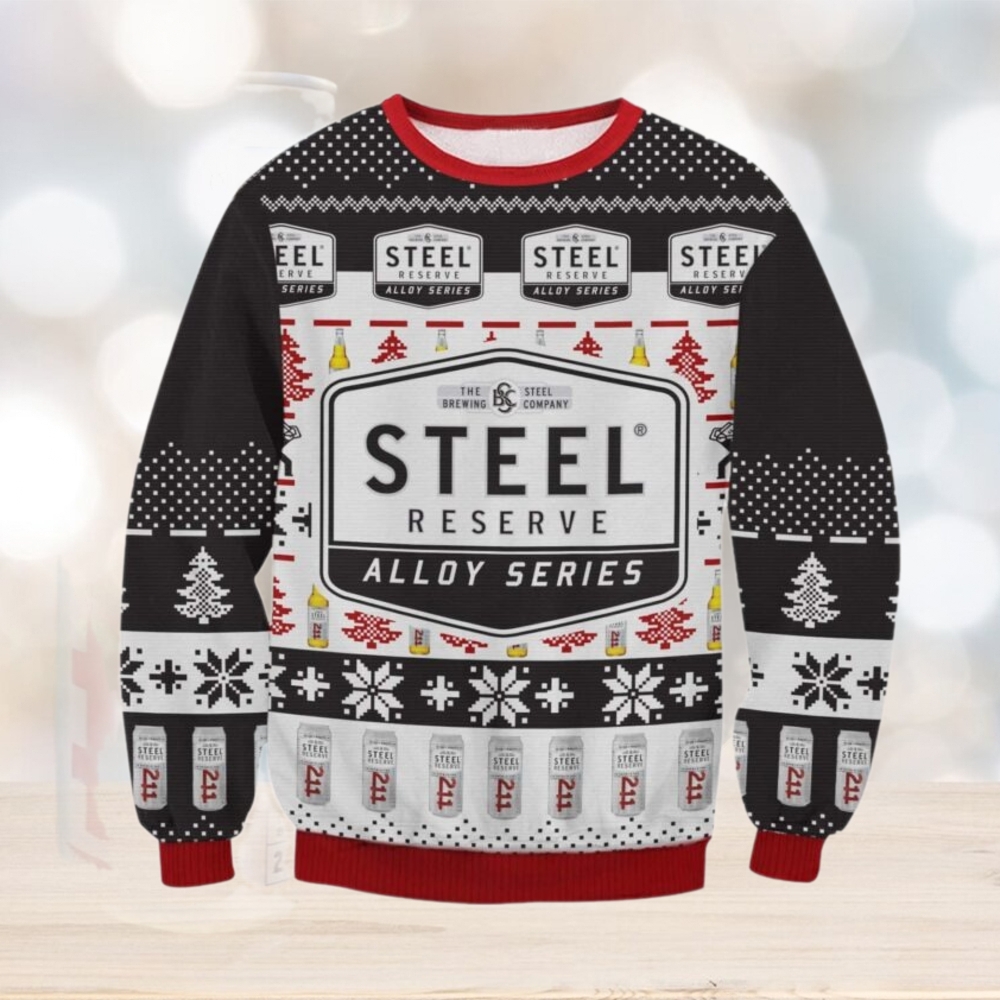 ()
()Steel Reserve Ugly Sweater,
Best Steel Reserve Ugly Sweater
The easiest conversion would probably be to turn an offense or special teams player from a Steel Reserve Ugly Sweater outside the line who runs with the ball into a non-kicking winger. Wingers are generally the fastest players in Rugby, they are usually positioned at the outside edge of the field, touch the ball least, but often have the most chance to make yards. NFL has some very good footwork coaching which would pay dividends there. English professional Rugby Union winger Christian Wade worked with an NFL footwork coach whilst still playing rugby and is now signed to the Atlanta Falcons in the NFL, he is expected to be used as a running back on the punt return special team if he makes it through to the match day squad.
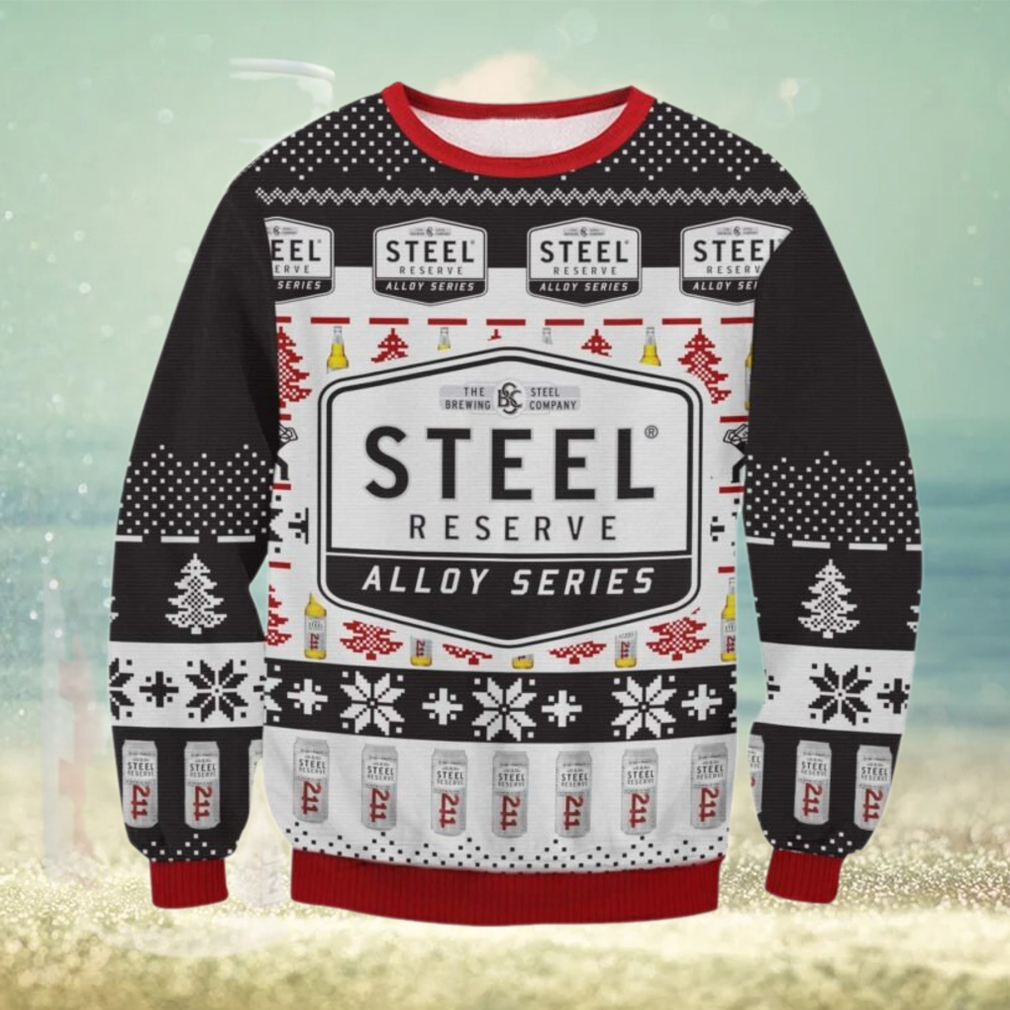 ()
()People strung cranberries and popcorn, starched little crocheted stars to hang, made paper chains and Steel Reserve Ugly Sweater had glass ornaments, usually from Germany, about two inches wide, they would get old and lose their shine. There was real metal tinsel too, that you could throw on with the argument about single strands and clumps. Each side had it’s followers. In the fifties various lights were a big deal, with bubble lights, that had bubbles in the candle portion that moved when plugged in. There were big primary colored lights strung around the tree too, nothing small or ‘tasteful’ Christmas trees were meant to be an explosion of color and light. I took Styrofoam balls and a type of ribbon that would stick to itself when wet, and wrapped the balls, and then used pins to attach sequins and pearls for a pretty design in the sixties. I also cut ‘pop-it’ beads meant for a necklace into dangling ornaments with a hook at the top to put it on the tree. Wrapped cut-up toilet paper tubes in bright wools too. Kids still remember making those.
CUSTOMER REVIEWS & FEEDBACK
This Flowers having a Weird Mom builds character Xmas Day T-shirt, hoodie, sweater, tank top, long sleeve, and V-neck t-shirt is a made-to-order product, It is designed by Limotees LLC. This is a limited edition product was made in the USA.
Brand: Limotees Clothing LLC, Inc. - An online fashion company in the USA
At Limotees LLC, we have provided quality T-shirts that are sure to make you feel comfortable and cool even in the scorching heat or cold weather. We also seek to provide our customers with the highest level of customer service possible by adhering to customer satisfaction policies and an open communication style. T-SHIRT FEATURES: - High quality 100% Soft cotton (fiber content may vary for different colors) UNISEX shirt. HOODIE and SWEATSHIRTS FEATURES: - 50% Cotton; 50% Polyester (fibre content may vary for different colors) - IMPORTANT: Runs true to size. Are buyers responsibility to consult the size chart before placing the order. - The design is printed on the t-shirt with a digital printer. - If you want to CUSTOMIZE more this product, please send me a message. CARE: - Machine wash, with cold water, and inside out - Tumble dry on low or hang to dry - DO not iron directly on the design ♥ HOW TO ORDER T-SHIRT, HOODIE, SWEATSHIRT , LONGSLEEVE

